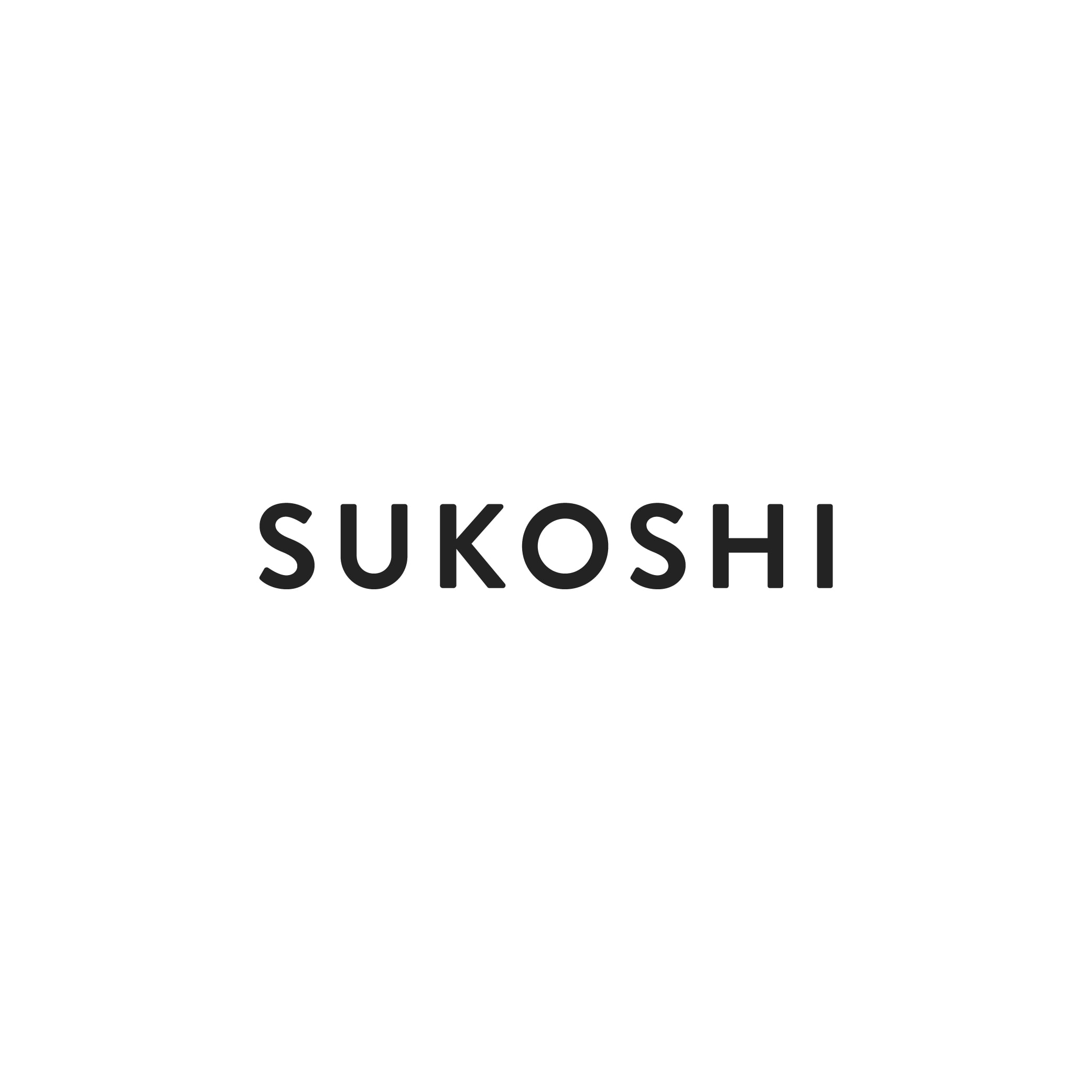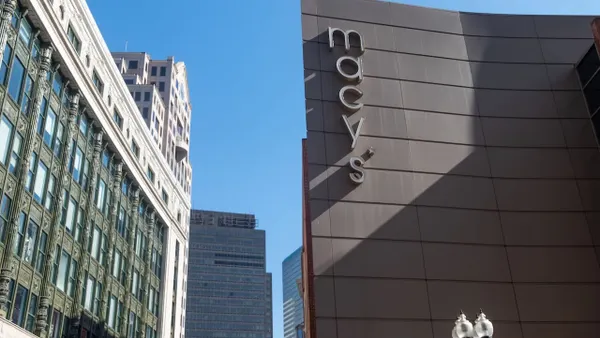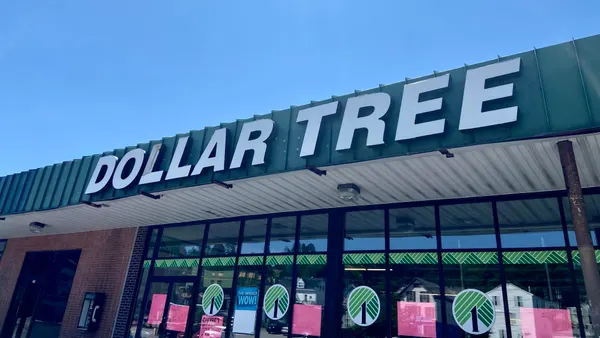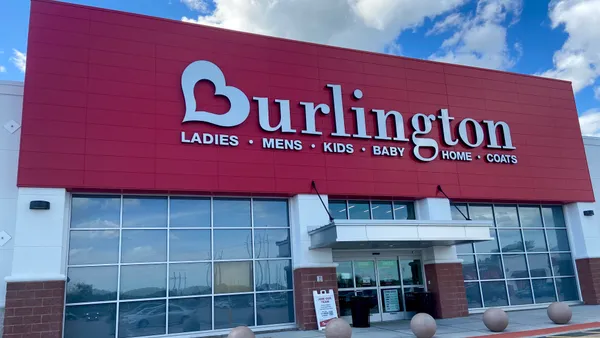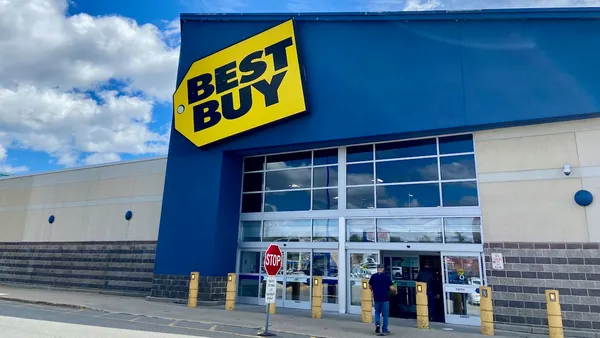Dive Brief:
-
Bed Bath & Beyond on Monday reported that net sales in the fiscal 2018 first quarter rose 0.4% to $2.8 billion from the year-ago period. Comparable sales, however, fell 0.6%, missing expectations and reflecting a decrease in traffic. The company said digital channels are experiencing "continued strong sales growth."
-
The company reported net income of $43.6 million, which has plummeted from $75.3 million in the year-ago period. Executives told analysts on a conference call Monday that performance in the quarter fell in line with expectations and that the company is on track with its three-year transformation plan leading up to 2020.
-
"Our strategy remains rooted in our customer-centric culture and commitment to customer service and consists of four broad areas of focus: assortment, services, experience and operational excellence," Bed Bath & Beyond CEO Steven Temares told analysts, according to a transcript from Seeking Alpha.
Dive Insight:
The sheen is off Bed Bath & Beyond's famous 20% off coupons and has been dulling for some time as home furnishing shoppers increasingly turn to Amazon and Walmart for lower prices. Couponing in general has continued to drag down margins at the company.
Price is a big reason why shoppers are turning elsewhere, according to a report this week from Morgan Stanley. Half of shoppers in a survey said they were motivated to shop at Bed Bath and Beyond because of the coupons, down from 57% last year and 63% in May of 2016. Added to that, Morgan Stanley found that the company is trailing Amazon and Walmart on price: 47% of Amazon customers and 44% of Walmart customers shopped on those websites because they had the lowest prices, while only 26% of consumers shopped Bed Bath & Beyond because they had the lowest prices.
As Bed Bath & Beyond continues to transform, establishing itself in the home decorative furnishings category – offering products like furniture, art, mirrors and wall decor — is a key strategy.
Sales of decorative furnishings at Bed Bath & Beyond and buybuy Baby in the U.S. and Canada rose 21.5% from the year-ago period, according to Debbie Propst, president and chief merchandising officer of One Kings Lane (which was acquired by Bed Bath & Beyond in 2016). Engagement with that category on Bed Bath & Beyond's website is up 34% from the year ago period, she said on the conference call. As the company looks for sales growth, she added that it is developing five private label brands to roll out by next year, including a One Kings Lane brand to be sold at Bed Bath & Beyond.
To grow its topline, Bed Bath & Beyond has "many irons in the fire," according to Jefferies analysts, who wrote in a note to Retail Dive that executives are focused on dynamic pricing, category expansion and SKU rationalization, new store formats, loyalty program tests, marketing, enhanced supply chain and restructuring.
"[Bed Bath & Beyond's] list of initiatives is ambitious and time will tell if it’s too much to handle as the effects of continued price investments and executing several tasks at once pressure EBIT both this year and next," according to the analysts.
The company's buybuy Baby unit could also stand to gain 10-15% of market share in the baby segment from the closure of Babies R Us stores.







